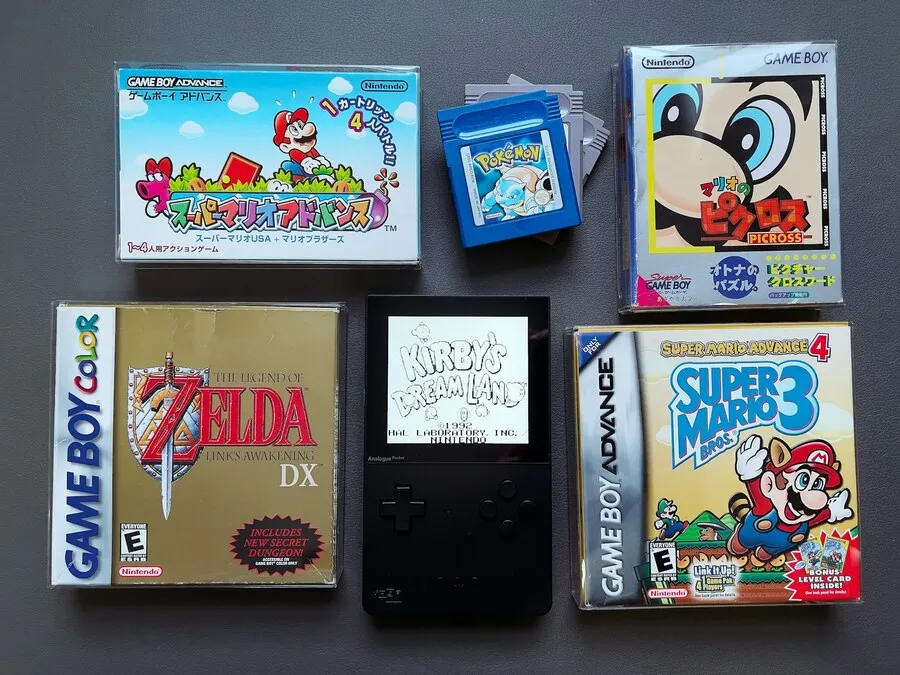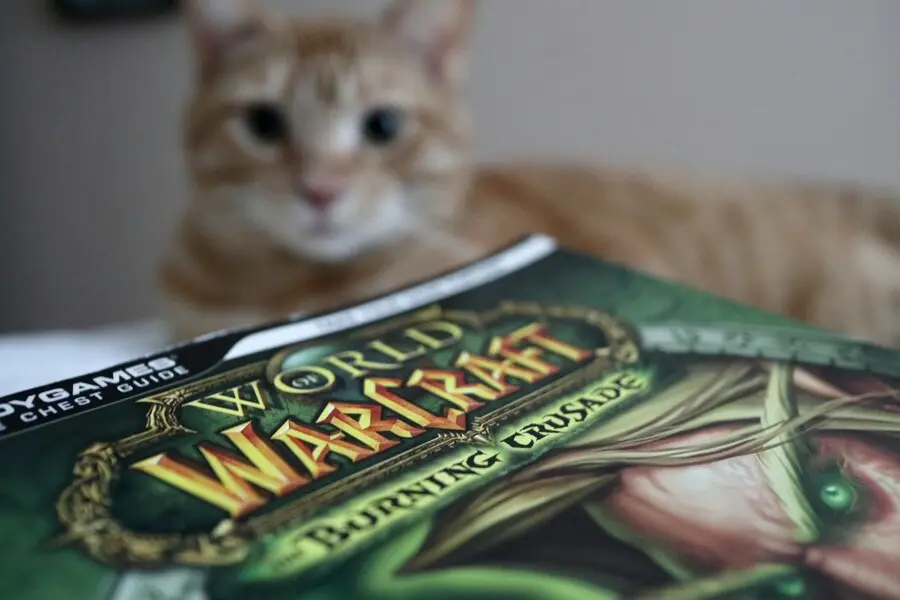Marketing a business or a brand online is a key element of any campaign. But with new sites popping up daily, where does a brand manager begin? Facebook seems like a no-brainer, but so does Twitter, Tumblr, Google+, Yelp, Foursquare – and any other new site that comes down the WWW pike.
The good news is you can focus your online branding efforts to a few worthy sites and ignore the ones that will give too little return on your time and financial investment.
The bad news is there is no set list of websites that are best for all brands. You’ll have to do a bit of preliminary legwork to determine which handful of sites are best for your campaign.
Know The Audience
This, by far, is the most important aspect of marketing a brand and has been since the dawn of the marketplace: Know who buys your product. By now you should have a user/consumer profile on your best customer. Who trusts your brand? What are their goals in life? Where does your product fit in? Did they grow up with your brand or is it new to them? Build up a composite customer profile before you go online.
Once you have a solid consumer profile, do a bit of research to see where the majority of your buyers hang out on the Web. Everyone is on Facebook, sure, but are your brand’s cheerleaders updating there much? Is there a related group or page dedicated to the need your product fulfills? If not, Facebook may not be the place for you.
Search blogs, forums, chat rooms and photography-sharing sites for mentions of your brand. Hunt out the places where your true believers are spending time. Flickr has a vibrant community of hobbyists who share not only their pictures but the exact camera, light specifications, etc., for each photo, making it a perfect place for electronics brands that offer back-up storage. A new curation site called Pinterest is very popular with DIY crafters and design aficionados; Home furniture brands are building their own Pinterest boards and gaining lots of new fans.
Less “famous” sites hold many potential customers for your brand. Spend some time finding them, then concentrate your efforts there.
Know The Internet
Social media sites are constantly changing. Use monitoring tools like Google Alerts and RSS to keep tabs on the inbound links and other measurable returns on your efforts. If your potential audience has moved to another site en masse, move with them.
But be warned: Internet users are savvy. They hate feeling pursued. Spurned online users turn quickly from true believers into loud haters if they catch even a whiff of blatant pandering.
Take a conservative and respectful approach: When new sites pop up, do not rush in to build a brand page. Let us repeat: do not rush in. Many Internet marketing newbies feel pressured to “land-grab” brand names URLs and pages at each new social media site. The URL or page name of little importance and a proliferation of your product pages takes away from the sincerity of your brand.
Instead, wait and see if your audience adopts any new site. If your buyers are making and maintaining profiles and activity there, then after a certain amount of time, you can bring in your branding. Tread carefully. Treat your customers’ private and public spaces online with respect. Only reach out to users in their spaces when you feel “invited,” i.e. they are frequently and consistently mentioning your brand, your product, or the need your product fulfills.
Know Thyself
It’s easy to become enthused by social media’s promise of engagement with endless streams of buyers online. The fervor around online marketing is almost deafening. But the reality is you only have so much manpower. Also, as we’ve mentioned, spreading your branding efforts over too many sites can irk users and backfire.
What current marketing schedules do you have in place now? What offline model hours can be converted to the new online model? What workload is realistic for each site? Your Twitter users may expect quick engagement, so you may need to allot some time to sit and chat after you tweet. Design your strategy around your users and their expectations, and plan accordingly.
The days of tried-and-true marketing formulas are over. But just like always, you must do some research to find your customers, and then treat them with respect. With precision focus and diligent monitoring, your brand will get the maximum impact of an online engagement campaign that won’t break your back or your bank.
About The Author – This guest post was written by the marketing team at Vendio. With an easy-to-use interface, Vendio allows you to begin selling online right away with their ecommerce solutions. If you are interested in learning about how to create an online store, Vendio has the tools you need to learn how to sell online today!









